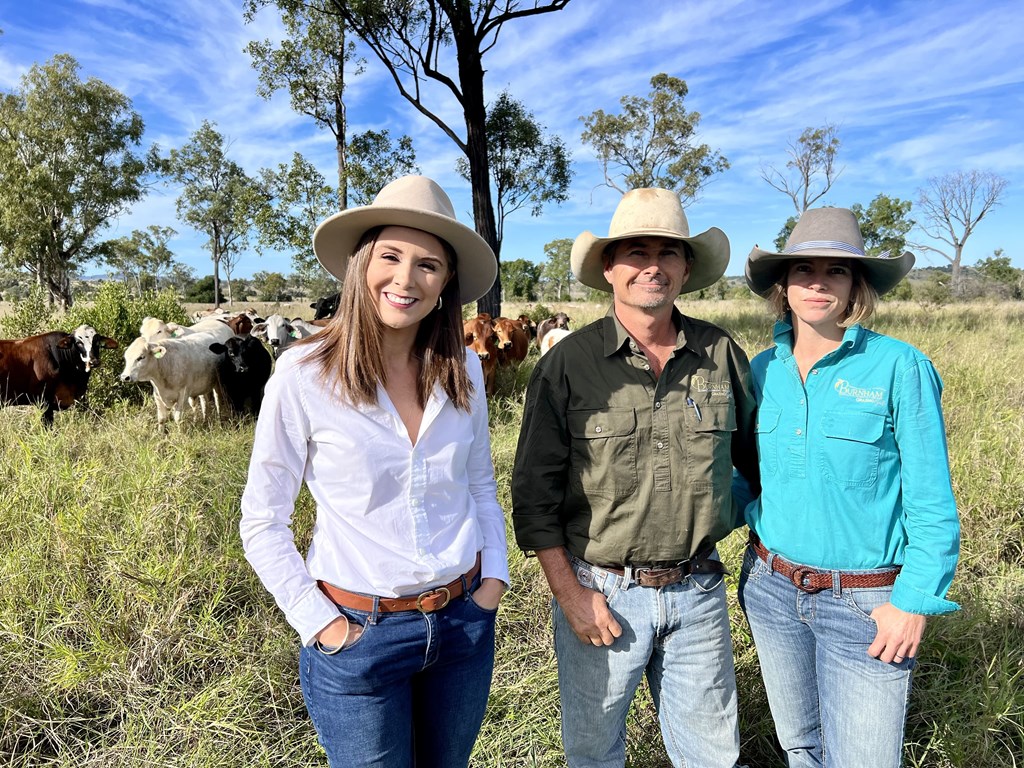
Australia's leading carbon farming state is set to strengthen its position in the fast-emerging industry, with the Palaszczuk Government announcing new projects to be funded by its Land Restoration Fund.
The new projects will see landholders generate new income via carbon credits created by capturing or reducing emissions in their vegetation and soils, while also creating good jobs, supporting local economies, and protecting native vegetation and threatened wildlife.
It comes after Queensland was named number one in carbon farming in a first-ever national assessment and report led by the Carbon Market Institute.
Environment Minister Meaghan Scanlon said the new projects would regenerate and expand threatened ecosystems, bring jobs and training to regional areas, and support Indigenous-led initiatives taking place on Indigenous land.
So far, there are five new projects under the second round of LRF funding, providing long-term protection for more than 6000 ha of land and representing an LRF investment of $11.5 million, with more projects under this round being finalised.
"We're taking real action on climate change and we want to seize both the environmental and economic opportunities in emerging industries like carbon farming," Minister Scanlon said.
"Investments like our $2 billion Renewable Energy Fund and $500 million Land Restoration Fund are driving down emissions, creating jobs and protecting our lifestyle.
"The projects funded so far will create jobs for 51 people, including roles for rangers, building contractors, botanists, farmhands, nursery assistants and field workers," Minister Scanlon said.
"Of these, 10 jobs will be for First Nations peoples.
"The projects will see the LRF purchase 120,000 Australian Carbon Credit Units over the next 15 years, equivalent to 120,000 tonnes of carbon dioxide sequestered or avoided."
The new projects are:
- The Murra Murra Native Forest Regeneration Project at Nebine, east of Cunnamulla. This is a $5 million, 10-year project to regenerate mallee forest on the Kooma homelands and improve more than 17,000 hectares of threatened ecosystems.
- The Rock Road Wildlife Corridor project at Tarzali on the Atherton Tablelands. This is a $2.95 million, 15-year project involving the planting of 204,000 trees over 60 hectares to deliver a significant wildlife corridor in the uplands of the Atherton Tablelands.
- The South Burnett Koala Land Restoration Carbon Project, at Redgate, south-east of Murgon. This is a $2.61 million, 15-year project involving the planting, establishing and enriching of koala habitat that, among other things, will reduce dissolved inorganic nitrogen and fine sediment loads entering Barambah Creek which drains into the Great Barrier Reef.
- The Swartz Carbon Project at Calliweera Station, Morinish, north-west of Rockhampton. This is a $792,000, 15-year project to improve the health of soil and native vegetation ecosystems at Calliweera station benefiting the Great Barrier Reef and surrounding ecosystems and wildlife.
- The ZP LRF project at Gungaloon, west of Maryborough. This is a $147,900, 5-year project to sequester carbon in existing native forests, prevent sediments flowing to the Great Barrier Reef, increase threatened species habitat, including koala habitat, and improve the condition of soil and vegetation around creek banks.
Tim Hughes, Director of South Endeavour Trust, proponent of Rock Road Wildlife Corridor on the Atherton Tablelands, said the project would see a 1.8 km corridor of land reforested via direct plantings, eventually reconnecting the largest unconnected fragment of intact high altitude tropical rainforest left on the Atherton Tablelands back to the World Heritage Area.
"The Rock Road Wildlife Corridor project is the largest rainforest restoration project ever undertaken in the region," Mr Hughes said.
"As a result of the LRF investment, we can really scale up our conservation work and have a major positive impact on the outlook for climate sensitive wildlife species such as the Green Ringtail Possum and the Lemuroid Ringtail Possum.
"We know from community efforts over 40 years that it only takes 3 to 4 years to have good forest cover from plantings.
"We are incredibly excited to start."
Minister Scanlon said the LRF's major goal was to expand Queensland's carbon farming by supporting land-sector carbon projects that delivered environmental, socio-economic and First Nations co-benefits.
The fund supports landholders, farmers and First Nations peoples to generate new, regular income streams through carbon farming projects while providing co-benefits such as healthier waterways, increased habitat for threatened species, and more resilient landscapes.
"The new LRF projects complement the first LRF investment round, which funded 16 projects with a total value of $87.7 million, purchasing around 1.7 million carbon credits, protecting more than 7000 hectares of unregulated vegetation from clearing," Minister Scanlon said.
"All 16 projects will contribute to the conservation of threatened species across Queensland."






